I'm studying transmission lines and came up with the question why (voltage) reflection coefficient being zero is not equal to maximum power transfer (conjugate matching). I did some search and found out people invented power waves and reflection coefficient of power waves, where being zero is same as conjugate matching.
In Kurokawa's paper, power waves were introduced simply as a mathematical artifact. But this paper https://ieeexplore.ieee.org/document/4358636 provides a "smoother" derivation of power waves.
A few things I have trouble grasping in this paper are from this paragraph. First, it says V+ is a non-reflecting forward voltage wave, then why does it go on mentioning the reflected voltage wave V- at all? Second, what does it "see an impedance" mean in this scenario and how does the reflected wave "see impedance Z_R?
